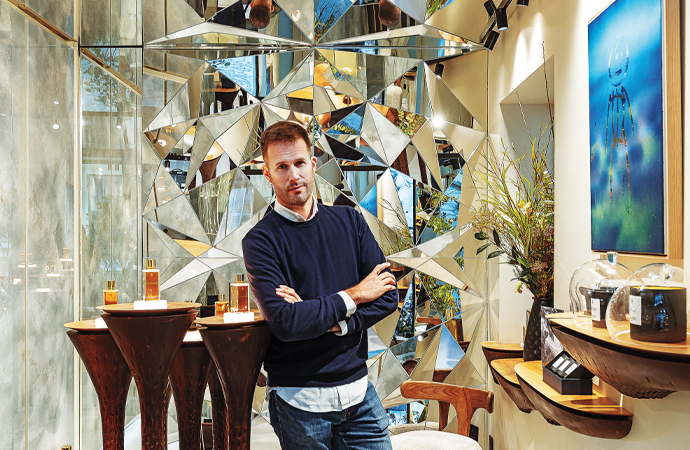How to Fix the Internet
Why a rigid and stagnant network needs to embrace the future
by Dan Gardner
June 24, 2024

Dan Gardner / Illustration: Joel Kimmel
In the history of human innovation, few creations rival the Internet. It has woven itself into our daily fabric, reshaping how we communicate, work and play. Yet for all its marvels, the Internet is deeply flawed from a design perspective. The strides we’ve made in user interface design and app development are commendable. But this progress has led to a system that is rigid and stagnant.
Consider the experience of searching for talent on LinkedIn. What should be a seamless process often feels cumbersome and outdated. Dropdown menus and linear pathways constrain our exploration, limiting our ability to find people quickly. Think about the same poor experience with travel booking. You’ve probably encountered it recently.
Over a long period of time, we’ve only made marginal improvements to digital experiences, which is why so many fall short. Take a second to really think about the optimal intent and outcome of your business’ digital experience. We’re not even close to realizing the potential of the tools we have now at our disposal.
The Internet as it stands fails to adapt to the dynamic needs of its users. Imagine an intuitive, responsive Internet that anticipates our needs before we even articulate them. Picture a world where shopping for essentials is effortless, where AI assistants seamlessly integrate into our daily routines, offering personalized recommendations and solutions in real time. I’m not just talking about a chatbot, although that’s part of the solution. I’m talking about a new way to engage and build relationships with brands.
Core to the Internet’s current shortcomings is its lack of personalization. It doesn’t know who you are or what you need and lacks the anticipatory factor that is the bedrock of great customer experiences. Shouldn’t we be at a point where Nordstrom knows our clothing size? Or that Dick’s Sporting Goods can remind us it’s time to buy new soccer cleats for our kids based on their age and the last date of purchase?
The most recent release of the Apple Watch, and other devices, includes new inputs beyond taps and clicks—such as gestural motions. The very concept of a screen is about to change, and these immersive experiences will transcend traditional screens. This opens new paths for functional, utility-based experiences that benefit consumers’ lives. Consider Ray-Ban and Meta’s partnership using AI-driven audio devices that’s changing eyewear. It’s not hard to imagine a mixed use of these devices, which can see what you see, respond to simple inputs and create new engagement types for brands.
Data and privacy debates aside, customers will want to share information about their lives in exchange for experiences that anticipate their needs. We’re busy, distracted and have no patience for navigating the Internet in its current, poorly designed state. With the advancement of AI and technology we can take a more human-centered approach to design. We have everything we need to prioritize customization and empowerment by utilizing customer information responsibly.
These changes will demand bold experimentation and a willingness to challenge conventional wisdom. Businesses that stand pat, fixated on old-school buttons and search bars, are at risk of becoming relics. Those that lead the way in the redesign of the Internet will be the ones that customers will embrace, remember and reward.
Dan Gardner is cofounder of the technology-first creative agency Code and Theory, a strategic partner of Microsoft, Amazon, Google, MSNBC and JPMorgan Chase & Co. He is also cofounder of ON_Discourse, a new membership media company focused on the business of technology, prioritizing expert-driven discourse to drive perspectives.




